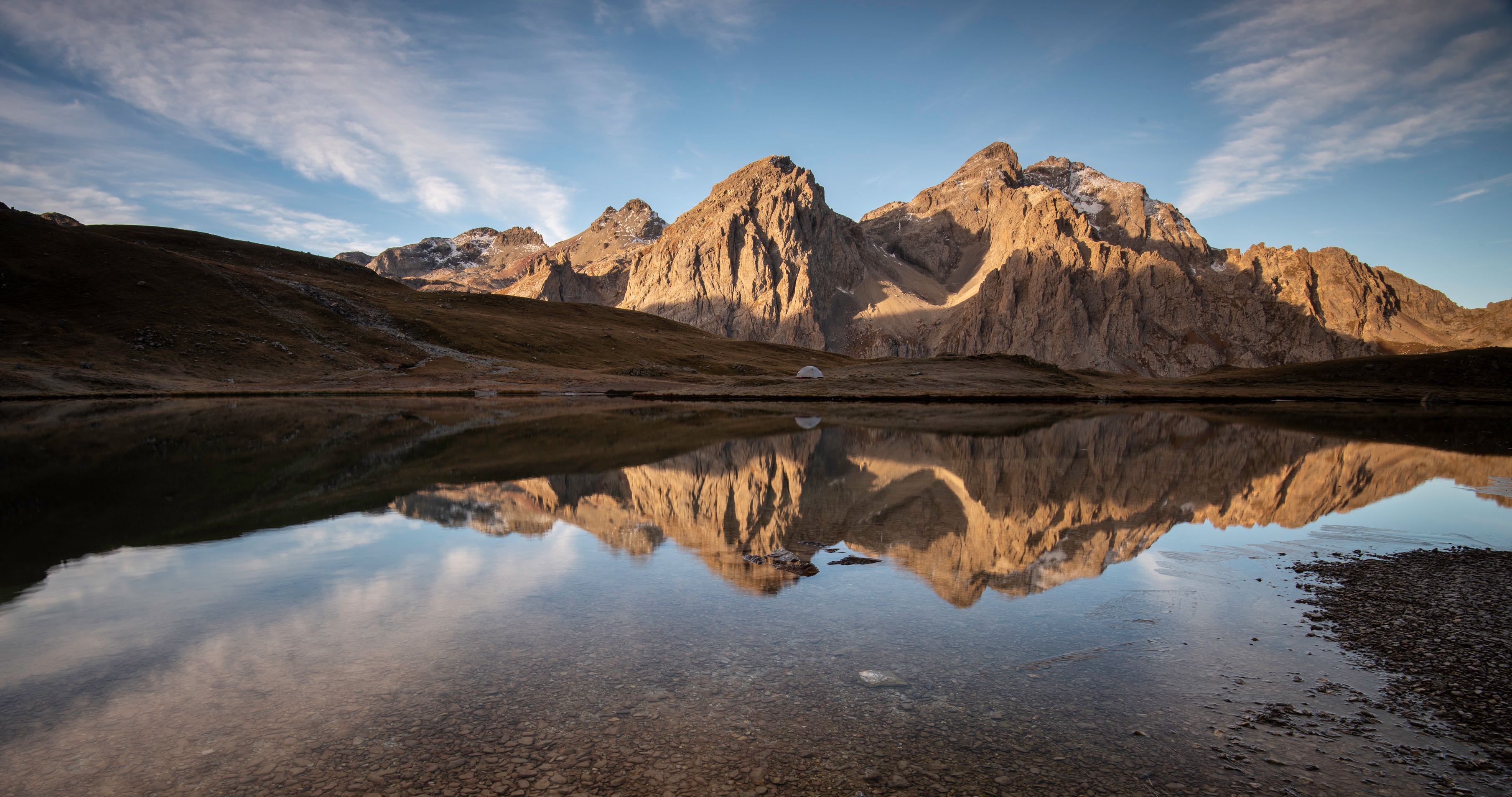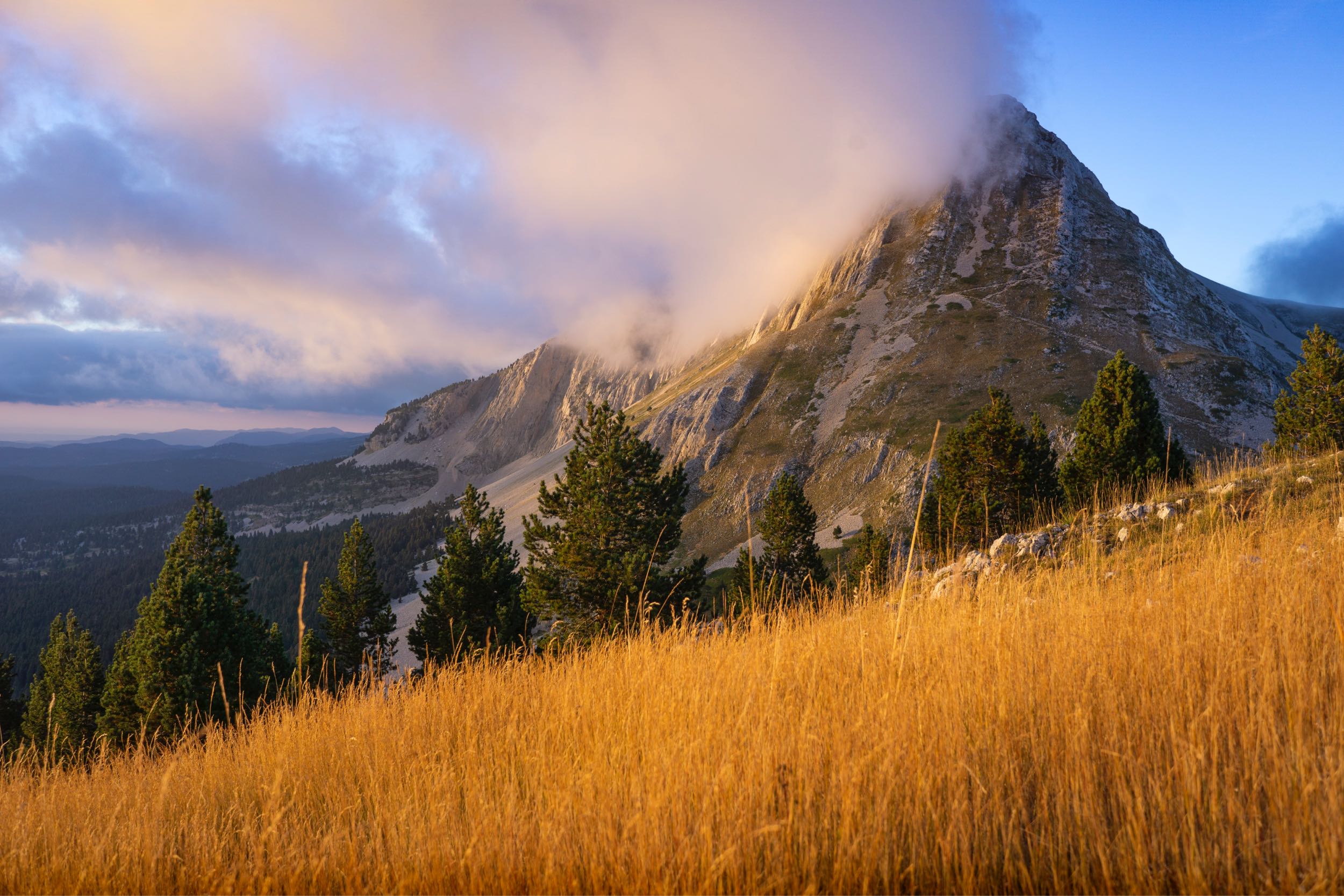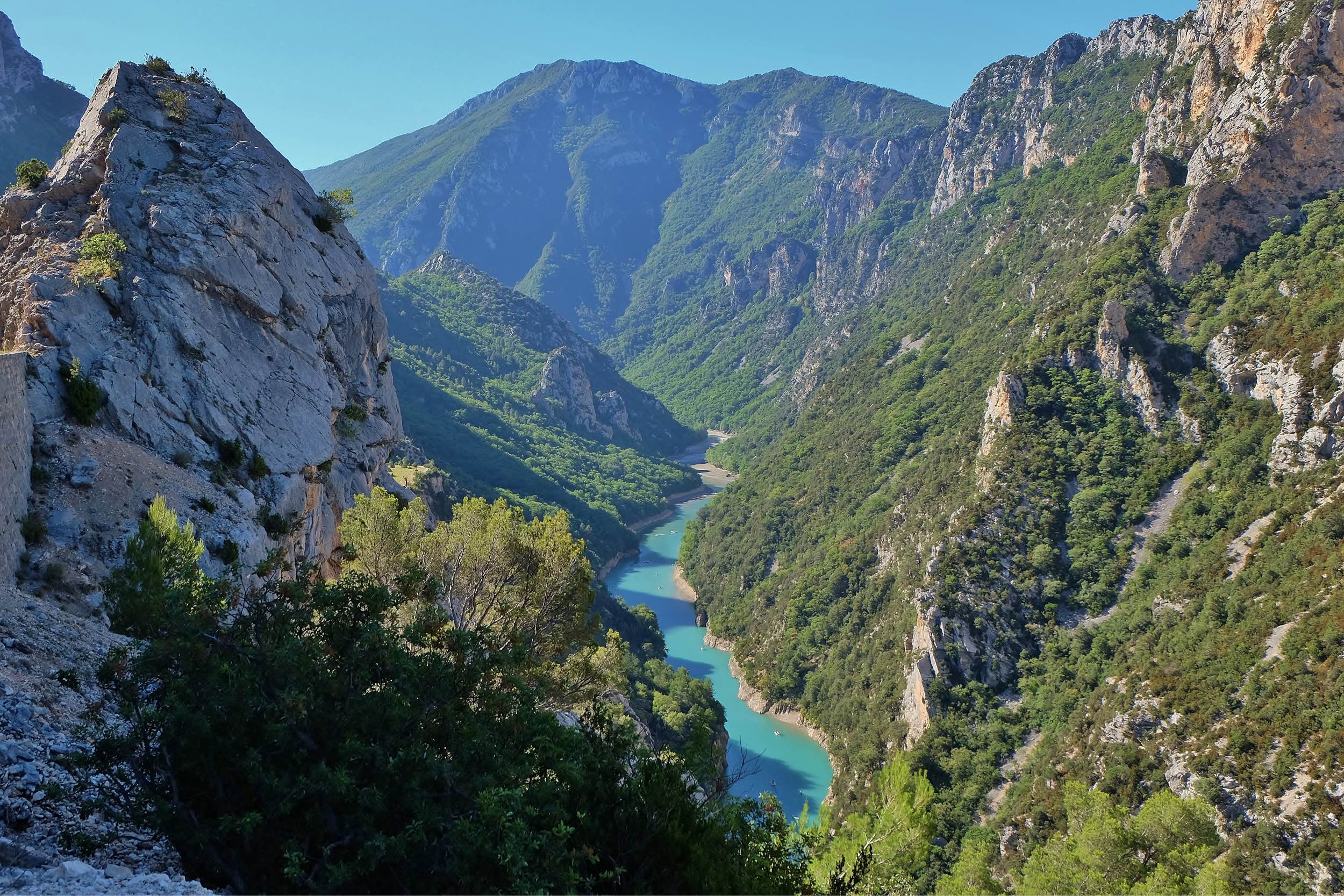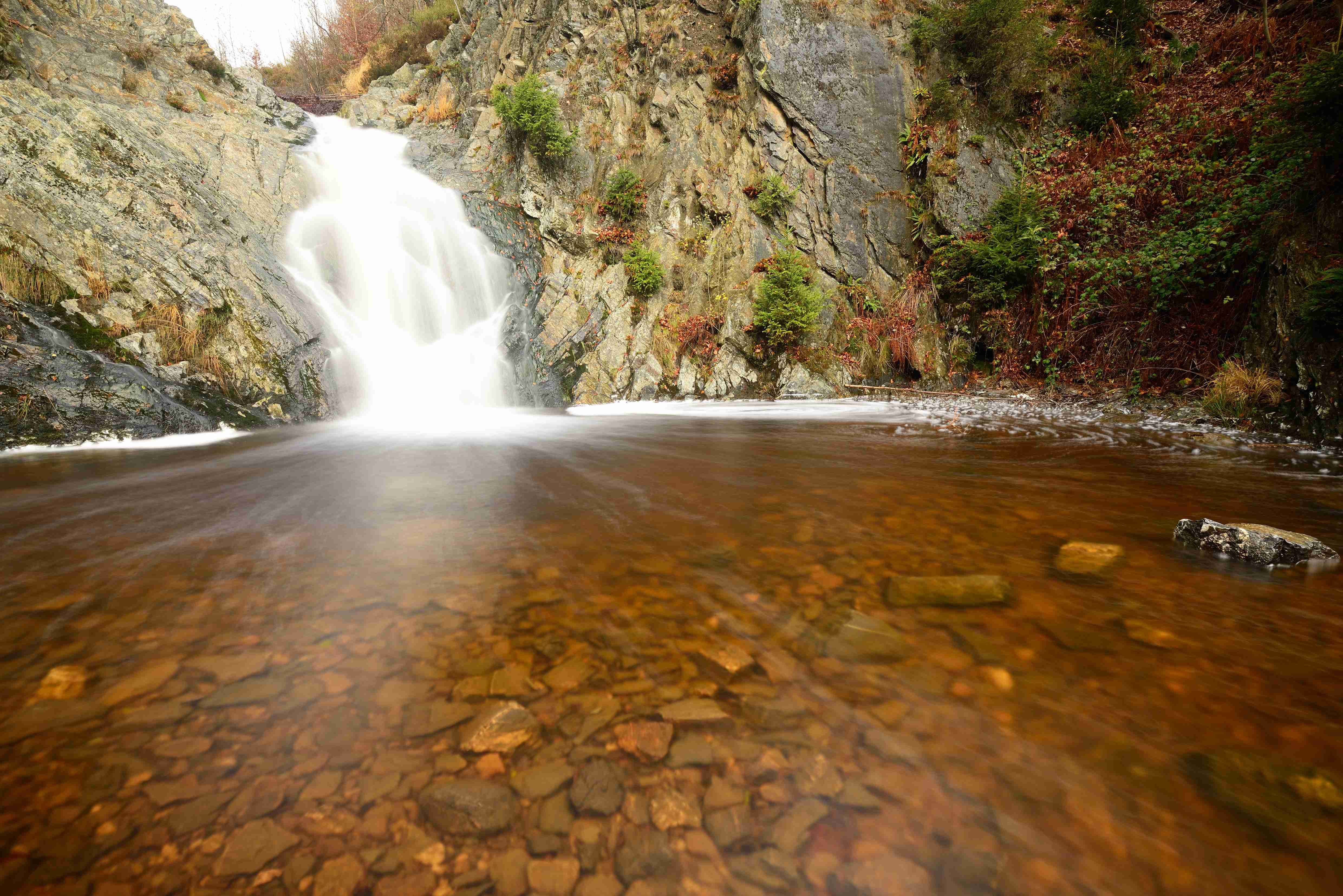
Essential safety tips while hiking
Hiking is like going on a little adventure and leaving civilization behind. On the trail, nothing says that it will be possible to take shelter in the event of bad weather, to get signal, or to obtain food.
So here are some tips and safety rules to follow in order to enjoy your walks peacefully.
💪 Choose a trail suited to your level
Most hiking guides, Hika included, give an estimate of the level and duration of each of the advertised trails.
Before anything else, ask yourself about your physical skills and the time available for this outing, and choose a trail accordingly.
Once you have identified a trail in particular, do not hesitate to deepen your research to better understand it. Where are the departure and arrival points? Are there delicate passages, for children or people prone to vertigo? Is it possible to find recent reviews from other hikers to get an idea of the current condition of the trail?
The more you know in advance, the fewer unpleasant surprises you will have.
🌦 Check the weather forecast
This one is must do for any hike: always check the weather forecast in advance, and as much as possible on the day of the hike.
Bad weather should certainly urge your to review your plans. Thunderstorm while in the mountains. Fog making navigation difficult. Rain increasing the risk of slipping or flooding. Snowfall.
Other less extreme conditions will simply require you to adapt your equipment and be more cautious.
🎒 Carry the right equipment
Once the trail and the weather forecast are known, you need to equip yourself accordingly.
There are 4 essential needs to take into consideration:
- Navigation: phone, map, flashlight
- Clothing: good shoes, and clothes suitable for both trail and weather
- Food: water, snacks, picnic
- Protection: first aid kit, sunscreen
For more details, please check our article What to bring on a day hike.
👀 Let someone know about your plans
No matter whether you are hiking on your own or with others, it is always safer to let someone else know the trail you are hiking, and the time you expect to be back. This will put them on alert if you have not returned on time, and it could eventually get you help faster.
✋ Adapt to circumstances
Hiking doesn't always go according to plans. The weather can turn unexpectedly bad, or a physical pain is felt, or you start to fall behind compared to your estimates...
In this case, do not hesitate to adapt your plans to put you on the safe side. As the saying goes, "getting to the top is optional, getting down is mandatory".
So don't hesitate to retrace your steps or ask for help. But don't take reckless risks to complete the hike.
⚡️ Staying safe in the event of a thunderstorm
Sometimes, even when the weather forecast is favorable, one can be surprised by a thunderstorm.
Lightning-related human accidents are rare, but they unfortunately happen and can prove fatal. Note that it is also possible to be struck by lightning indirectly, in which case the current flows through the ground, up to 30 meters from the point of impact.
So if you are caught in the middle of a thunderstorm, remember to follow three principles.
First, stay away from peaks, crests, and any naturally exposed place that might attract lightning.
Second, try to find shelter, such as a cave or a stone cabin. Within it, keep away from walls, which can spread current.
A third principle to respect in the absence of shelter: squat down with your feet together, if possible on a dry and insulating surface of the ground.
But we cannot repeat it enough: the best precaution is not to go out when there is a risk of a thunderstorm!
You now have the basics for safe hiking. All you have to do is find a trail that suits you!






